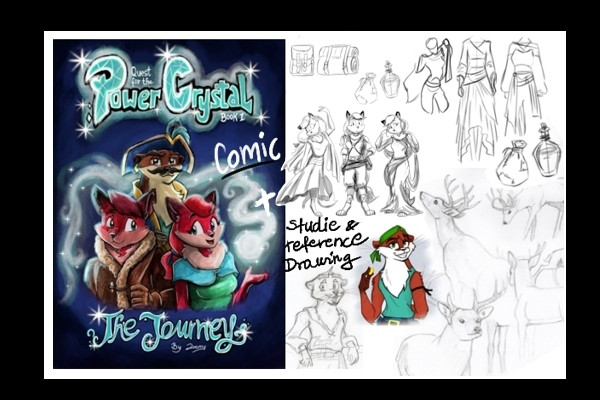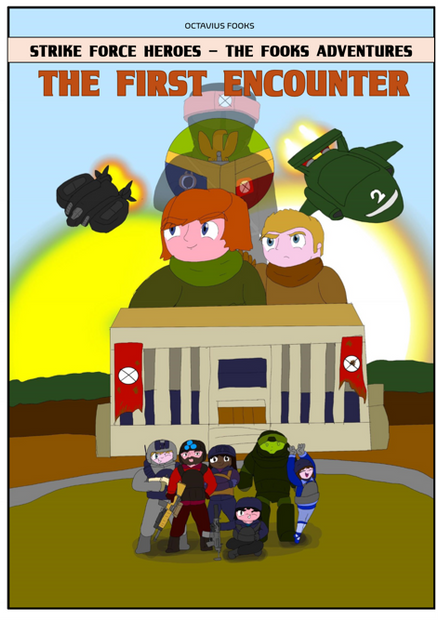HOME | DD
 Utuinenko — The Drowned / Hukkuneet
Utuinenko — The Drowned / Hukkuneet

#accident #death #kotka #memorial #rescue #statue #longexposure #seascape
Published: 2019-10-12 04:07:25 +0000 UTC; Views: 981; Favourites: 16; Downloads: 0
Redirect to original
Description
Now let's spice up the game and not babble about murders. There's dozens of interesting cases concerning these waters, bodies fully attached and in pieces being disposed after curious circumstances, disappearing people. But today I will post about and incident from 1987. That does include dead people, no worries.This is a somewhat loose translation of mine (towards the end I shortened it quite a bit) of an article that I thought was well written. Finnish readers and brave Google Translate adventurers can find it here: yle.fi/uutiset/3-10138983
***
Next to the road beside the wave breaker was a broken road sign. The car had hit the sign when it crashed into the sea. The speed had been incredibly fast.
The water had swallowed the car fully. Now the surface was placid and silent. It gave no hint about where the journey of the group of young people had ended.
The only clue were the tire marks and the knowledge of what direction the car had been driving. The road makes a curve to the left at the beginning of the wave breaker and the car had plunged into the sea as if continuing its path straight onward.
The road just disappeared from underneath.
Then somebody noticed approximately ten meters straight ahead a glimmer of light.
-We thought that it was the lights from the car. But it was only the reflection of the full moon.
On the basis of the tire tracks on the street the car must be in the same direction - right ahead. First diver to retrieve the victims was a colleague of the then 30 year old firefighter Ilpo Tolonen. Tolonen himself held the safety rope, standing in the rocky shoreline.
None of the rescuers knew it was already too late. The footprints on the street of the sole survivor who called help from a phone booth had frozen over.
The group of young people had gotten to lend a red Ford Taunus for Saturday night. Six people crammed into the regular passenger car - three women and three men. The youngest of them was 17 and oldest 27.
At midnight they decided to go for a racy drive to the road that lead from the center of the city to the wave breaker.
The road was pin straight and over the weekends quiet. No housing at the beginning of it. The local youth in general liked to go there to burn rubber and speed.
The velocity of the Ford rose quickly above speeding limits. The driver meant to turn around at the wave breaker and head back to the city center. But the tires had been worn smooth and the car went into a sideway drift. It flew into the water and sunk 6 meters deep.
The side window broke, the doors and the hood caved in. The car sank belly down onto its tires.
A 22 year old woman managed to escape the broken side window and swim to the shore. She walked to the nearest phone booth and called the police.
Her shoes had been left behind.
Ilpo Tolonen waited for the diver with the safety rope in his hand. He saw him surfacing and carrying a victim. Then something unexpected happened.
-He brought the first victim up and said he can't continue the mission. His flipper had detached and disappeared.
Tolonen was swiftly commanded to get his diver gear and hop into the water. He had to go in insufficiently equipped. The radio was attached to the other diver and there was no time to switch. He couldn't even find a knife.
Tolonen tied the divers flashlight onto his wrist and dove in. He marked the route to the car with rope.
He knew that a human being can survive without permanent brain damage even after being underwater for half an hour. Cold water cools the body down and the heartbeat slows down. If the heart beats slow enough, once a minute or so, the brain might not get damaged.
He had seen cases like that.
-I really thought I could save those people.
The cold seawater was clear. Tolonen looked inside the car with his flashlight and saw it was full of people. None of them were conscious.
The car had two doors. Both of them were shut. Tolonen could have opened one door and tie the rope to the window frame. But you might have not been able to shut the door after that and the victims might have begun to float out of the car. It was best to tie the rope around the axle of the back tires.
Tolonen dove down to the muddy ocean floor and pushed the rope with one hand and tried to reach the tip of it with his other hand. Then he heard an ominous bang.
-I wonder what had happened. I tried to pull my hand out. I realized that the lamp tied to my wrist had gotten stuck to the back spring.
His whole arm was stuck beneath the car. He couldn't signal through the safety rope, because it was tied around his waist. If someone would pull it hard he would get injured and worse. He didn't have knife with him to cut the rope.
-I felt like life was going to end right here, right then. There was nobody that could have come and save me and the people in the car.
Tolonen rested his head in the mud and concentrated on breathing. He had to calm down and think straight - that's what they teach at the academy. If the arm had gone underneath the car, it had to come out the same way.
-I calmly begun to wiggle my arm. Then I heard the same clanky sound and my hand was free.
Tolonen opened one of the car doors and turned his back on the people so they couldn't float out. He was just about to tie the rope to the window frame when someone from above the water nudged it to see if it was attached.
-The rope disappeared into the blackness and I screamed and cussed.
You had to turn around, take the closest victim to your arms, push the rest back and close the door. None of them had safety belts on. On his next dive Tolonen managed to re-attach the rope so that the door could shut.
-It was a nightmarish situation not to be able to save them all. You just had to pick somebody.
Five ambulances had arrived to the wave breaker. One for every victim, all of their doors open and ready. The ambulances rushed away one by one after Tolonen brought a victim up. His sense of time disappeared.
-I counted the ambulances to remember how many were left.
During the rescue the sunken car kept filling up with mud. In the end the rescuer had reach over the front seats and look for the victims only by touch.
-I saw absolutely nothing. The last one of them had been pushed against the back window.
Tolonen tried not to look at the faces of the victims and stay concentrated on the mission. It wasn't easy.
-I saw the face of the last one. I can still remember the features.
Tolonen took one more dive. He wanted to be sure there wasn't anybody else.
The car was empty. All the ambulances had gone.
Tolonen sat alone in the sauna of the Kotka Rescue Center. Rest of the rescuers had gone to help around the hospital, because on a Sunday night there were fewer staff.
-I couldn't comprehend how many dead people there were. All of them died. I cried.
At home he had his 3 year old son waiting to give him his father's day card. Luckily he was alive and able to receive it.
///
Tolonen shows where the survivor had walked. The way to the phone booth is long. The temperature of the water is close to zero (32 F) in November. She had walked a kilometer (0,62 miles) wet, cold and without shoes. That took time. The reaction of the rescuers also took time - nobody could believe what had happened.
***
This photograph is from that wave breaker. The statue is a memorial statue for the seamen and soldiers who drowned in The Second Battle of Svensksund, a naval engagement fought in the Gulf of Finland in the Baltic Sea, outside the present day city of Kotka, on 9-10 July 1790 during the Russo-Swedish War (1788-1790) in which Swedish naval forces defeated the Russian coastal fleet (Wikipedia). In the background you can yet again see the Mussalo harbor lights.
Related content
Comments: 2

That is a gorgeous picture despite the traumatic story............and why not?
👍: 0 ⏩: 1

👍: 0 ⏩: 0
























